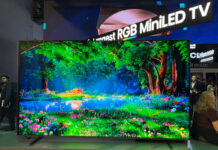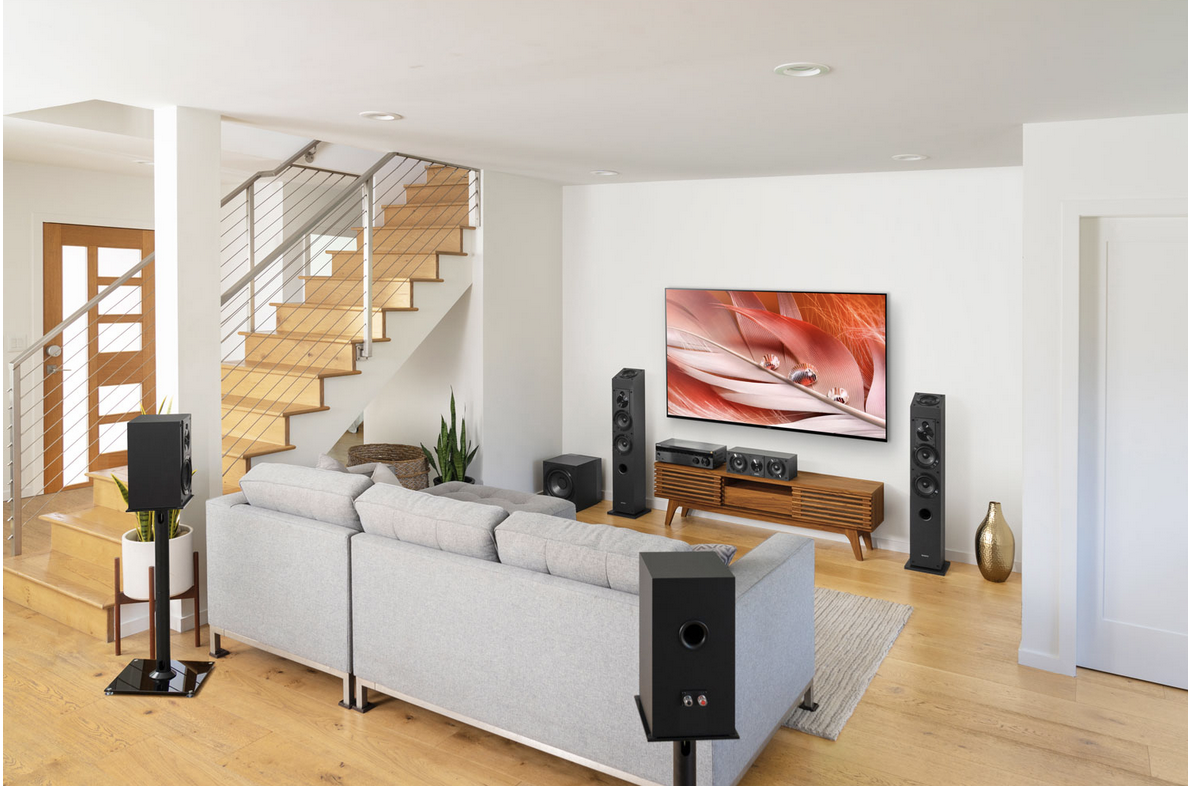
Long before I was able to purchase my first big screen TV I knew the secret to my home theatre satisfaction was to start with my sound sources. I’ve long been fascinated with surround sound from films and shows, and being able at home to experience the swirling mixes just like in the theatre had always been a dream. I moved from a mono TV speaker to stereo, then Dolby Surround, then the lossless 5.1 and even 7.1 mixes that arrived first on Video tape and Laserdisc, then DVD and Blu-ray, and, finally, streaming and UHD 4K.
Object-based soundscapes with Dolby Atmos
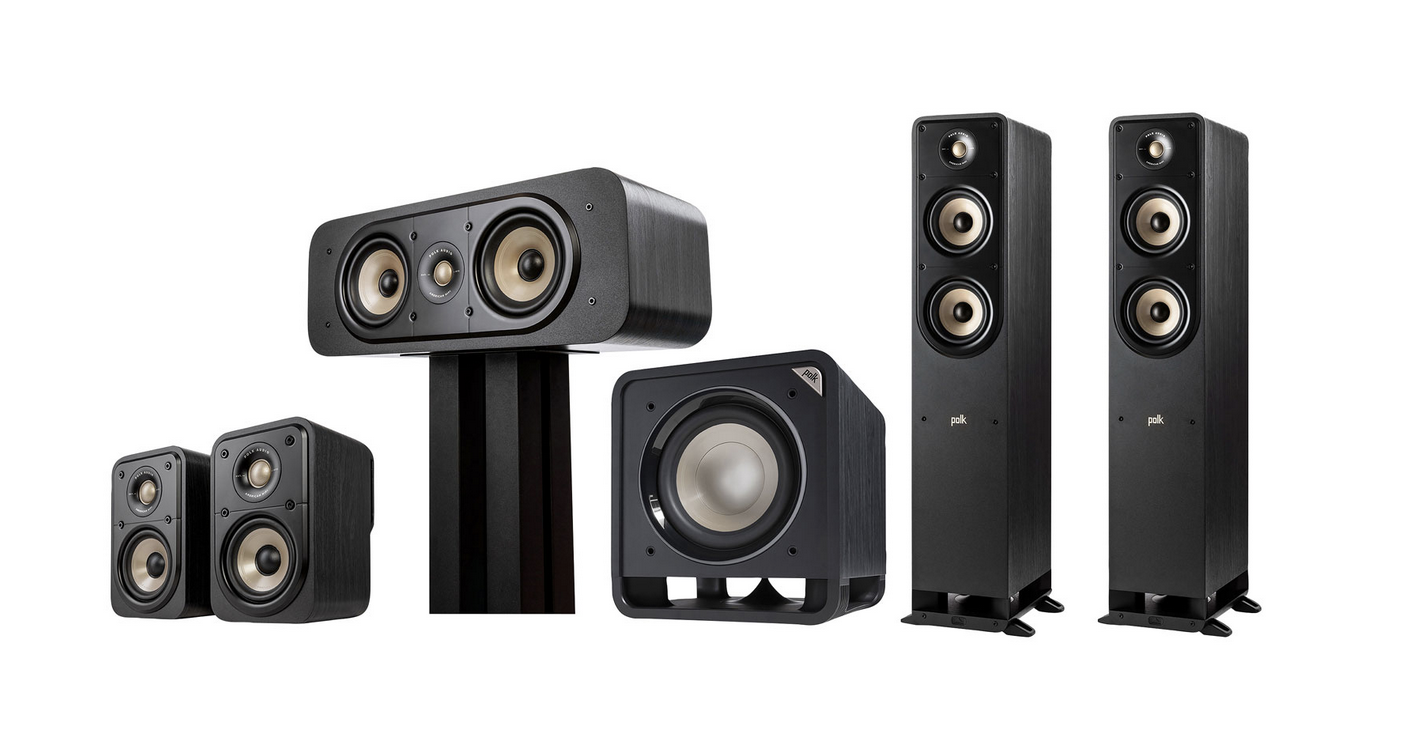
The newest jump in sound reproduction for both cinemas and at home has been the shift over the last decade from mixing audio to specific speakers to instead performing “object based” mixing, allowing the listener to be surrounded with audio from the front, sides, back, and above, literally taking these soundtracks to new heights.
The real benefit of mixing in this fashion is that the soundscape grows as your system does. If you have a dedicated mix for 5.1, you have individual signals designated for each speaker. If you only have, say, a stereo pair, then your system must fold down the additional channels, or even in some cases simply lose the signals all together. With object-based mixing, the mixing engineer tells the system where a particular sound is meant to travel from and to, and the results can be astonishing.
Take an arrow being shot from behind—a normal surround mix would have the levels of the back channels raised, then the sides raises as the rears fade down, and then the front channels raised, creating the sense of movement in audio space from back to front. With object-based, the mixer has a visual indicator where they wish the particular sound element to travel, moving from front to back, or even from ear level to height. During playback, the system then calculates just how your setup is configured and then reproduces that movement in order to best fit your particular setup. By calculating what you heard based on how many speakers you have, meaning that the soundscape expands as your system does.
Have a modest surround sound layout now? You’ll still benefit from an Atmos soundtrack, and as you expand your number of speakers, the same mix will become all the more robust and involving.
Setting up a Dolby Atmos home theatre
Walk in to any Dolby Atmos cinema and you’ll see dozens of speakers hanging on the side and rear walls, with several others hidden behind the screen. With previous surround formats all those speakers would be playing back the same information, so a 5.1 mix would have left, center, right, and sub-bass behind the screen, and all those speakers beside or even behind you all the same sound elements. With Dolby Atmos, each speaker is individually controlled by the processor that has been told just how many speakers you have for playback, meaning that arrow from above doesn’t just move from back to side to front, but from speaker to speaker, making the movement of sound all that more impactful.
At home one is usually not blessed with the space to add a dozen or more speakers on the sides or the top, but one can get a truly immersive effect as the system recalibrates to fit your space. While not everyone has the space or budget to have speakers in front, on sides, behind and above, the huge advantage of this modern system is the way it will conform to the system you have while expanding as you modify your system.
For an existing robust sound system
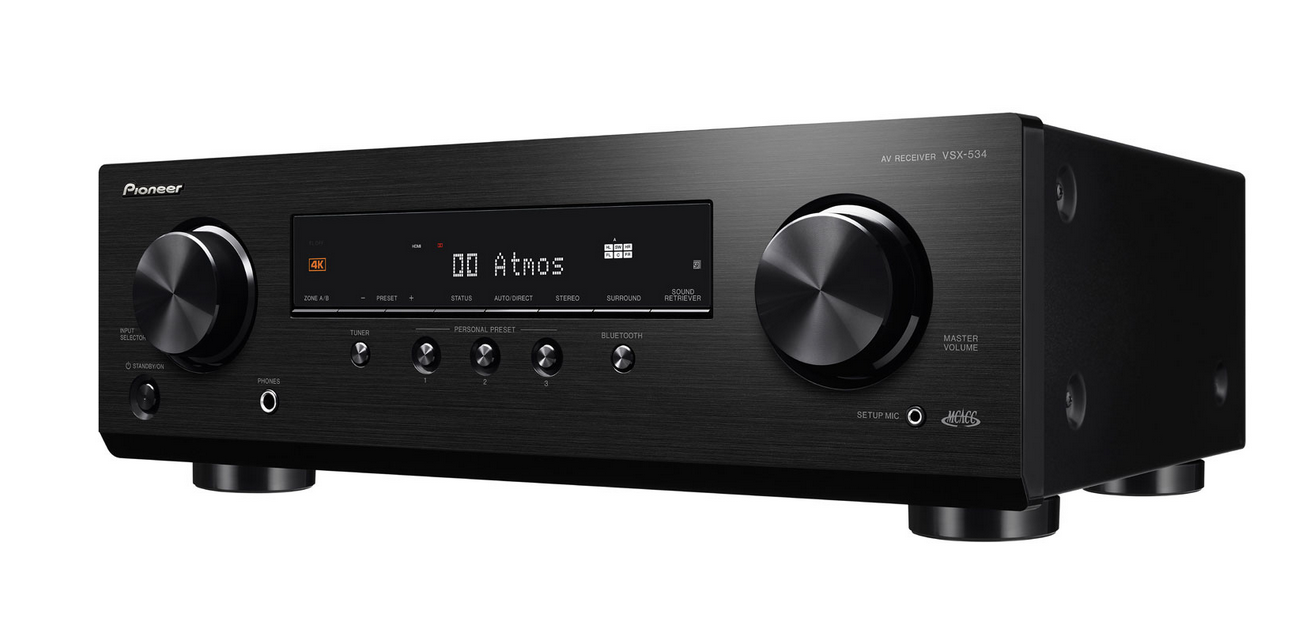
For anyone with an existing 5.1 or 7.1 system, the addition of an Atmos-capable receiver is the first step to unlock these powerful new modes of reproduction. If you have the ceiling height to accommodate, you can install either down-firing or in-ceiling speakers in pairs, creating, say, a 7.1.4 system, with left, center, right, side surround, rear surround, top front, and top rear channels, all with distinct, individually mixed elements emerging from the sound processor. When you first hear a proper Atmos mix at home the results are amazing, and everything from Atmos-mixed soundtracks to music on certain streaming services creates an audio experience that can’t be beat.
For a small sound system
For those with a more modest setup, certain Atmos speakers augment regular ear-level models with top-firing drivers, literally bouncing the signals off a lower ceiling and to your ears independently of the front-firing elements. While not quite as effective as dedicated speakers well above your head, the result is quite convincing and certainly superior for many mixes than without this augmentation of height channel information. There are even Atmos-compatible sound bars, where through a mix of clever equalization and aimed speaker drivers you receive from the front of your room in a single, wide package a virtual-sense of both surround sound and height-channel information, once again custom tuned to fit that exact speaker layout. While no soundbar will truly replace a robust, multi-speaker layout, the ability to get impact from these mixes in a convenient form factor like a sound bar is, for many consumers, the best balance between performance and the other requirements for room usage.
Creating a personal audio space with capable headphones
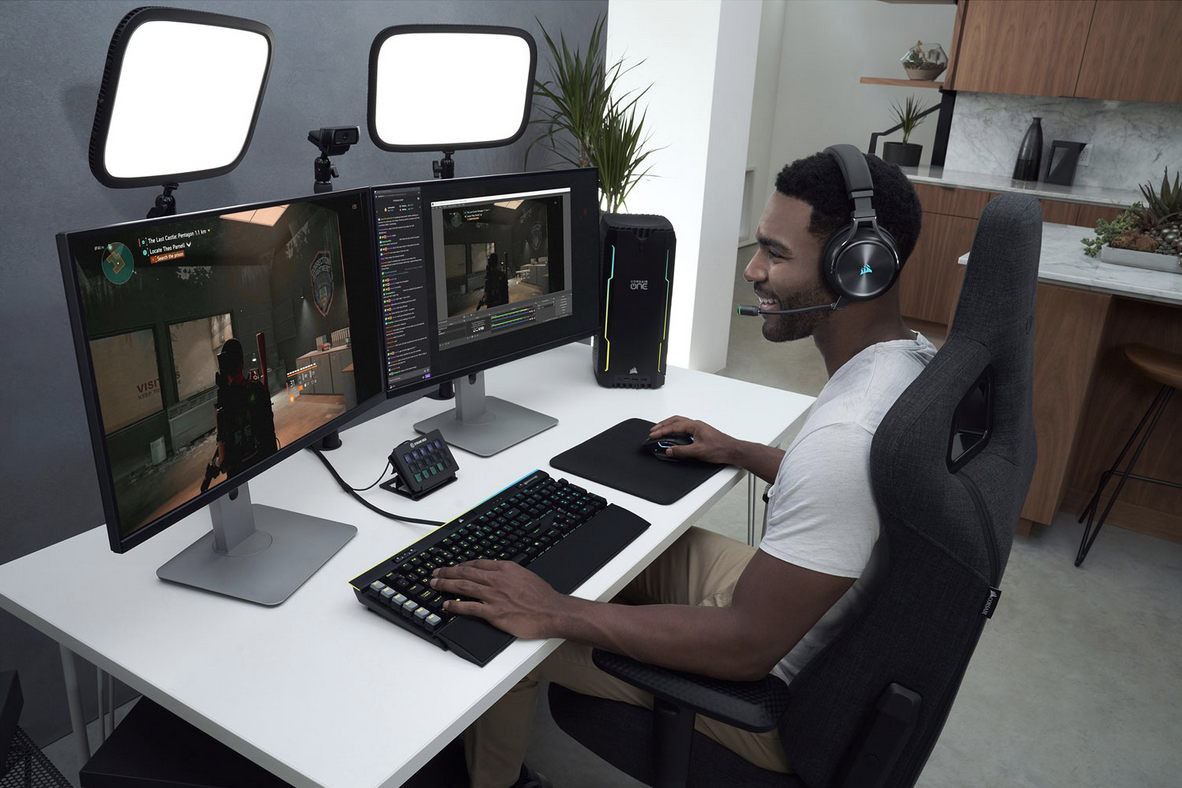
As more an more people look towards either portable audio or gaming setups, another mode of experience object-based audio is right atop your head. A number of manufacturers are now building Atmos-capable headphones that help simulate a full surround field. Many use head-tracking to move the audio in a 3D space, while others use multiple drivers that mimic the aural placements in a traditional setup. While lacking the full power of a true multi-speaker setup, the huge advantage of personal audio playback devices like headphones and earphones is that they cut out any concerns about placement, the acoustic characteristics and potential challenges of your room layout, and so on. By removing one variable, the room, and focusing on what you can project into your ears, the designers and engineers for these devices can use a number of clever options to go a long way to generating commensurate experiences as the full setup. For gamers, the ability to have the audio shift totally in sync with on screen movements can be an enormous advantage, as is the ability to more accurately pinpoint the direction of travel for in-game elements with your ears as well as your eyes. As there are a number of Atmos-mixes available on streaming services for music, as well as hundreds of movies mixed in this fashion, this is another vector to experience this widened sonic landscape.
Take your setup to the next level with Atmos-capable devices
Whether you have a dedicated cave for movie watching, or a common area that only has space for a soundbar, you can still maximize the soundtracks from your favourite shows, films and songs with an Atmos setup of your choice. You can build up an existing surround system, start with a modern receiver and add speakers as you go, or migrate your existing sound bar to one that’s capable of at least mimicking some of the tricks that a full Atmos layout can provide. As your system grows, you’ll gain more and more immersive soundscapes, and thanks to the incredible advancements in this form of object-based mixing you’re guaranteed to be blown away by what’s possible.
Shop object-based Dolby Atmos audio at Best Buy.




